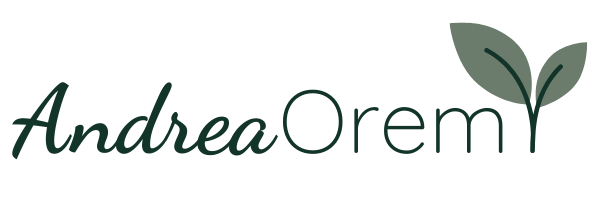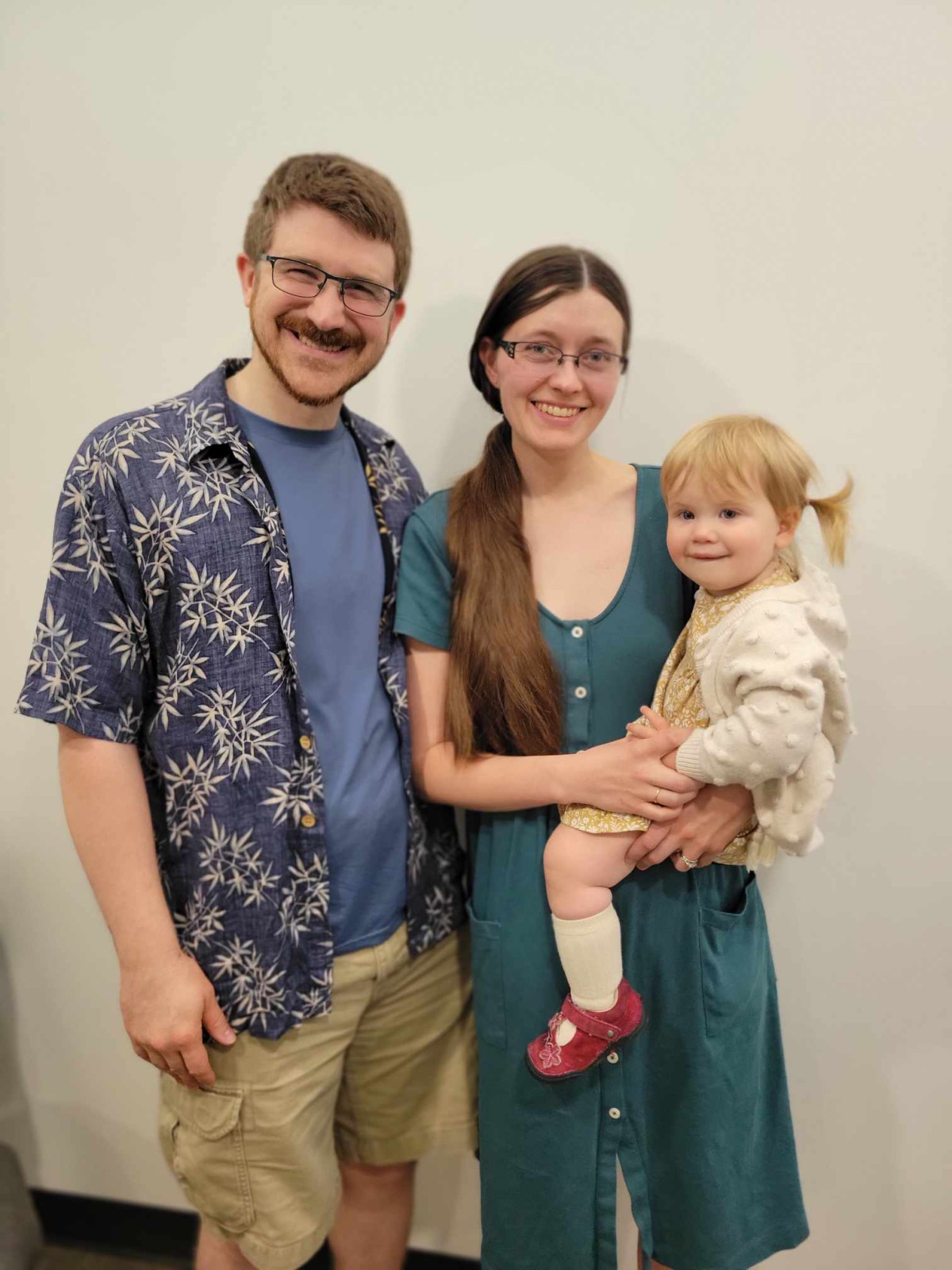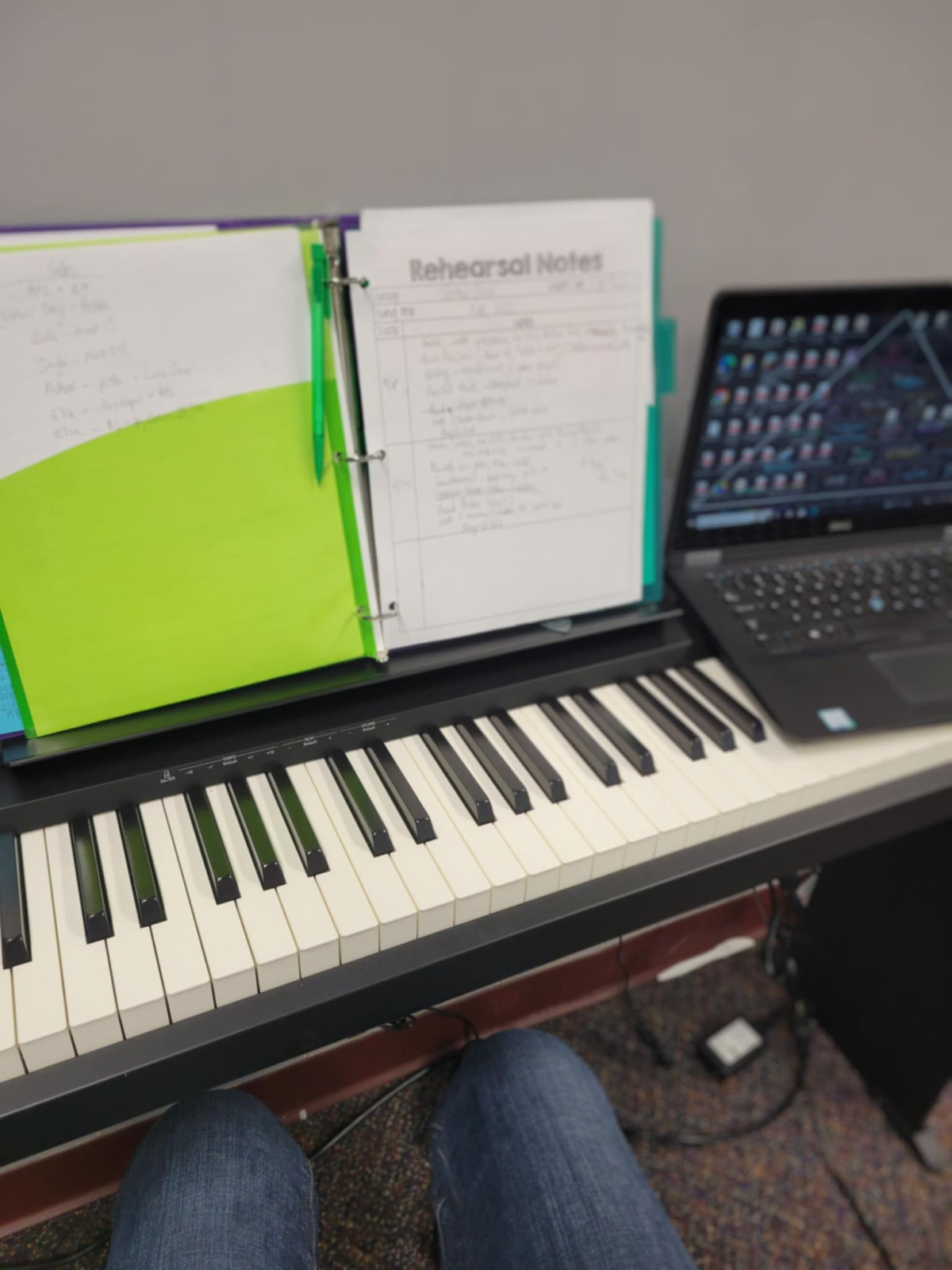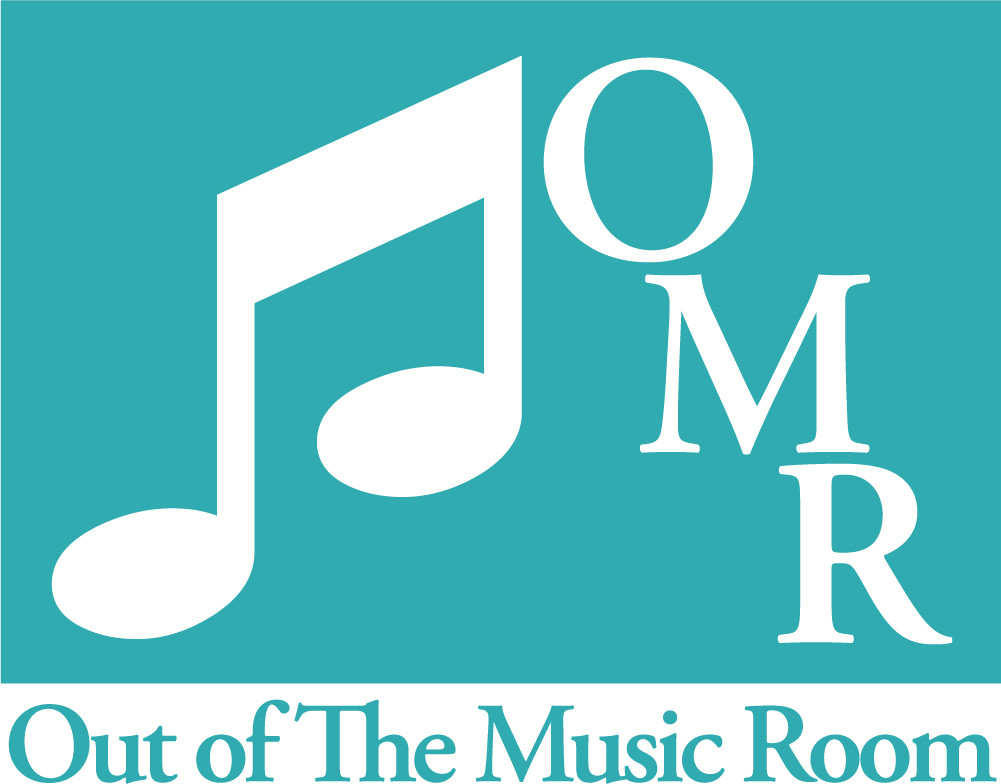
Music Education in a Shifting Educational Landscape
In recent years, the world has witnessed a significant shift in education models, with more families exploring alternative approaches to education such as homeschooling. As traditional classroom structures evolve, so too must the realm of music education. Many music teachers now find themselves in a unique position to tap into and create opportunities for students engaged in alternative education models where the opportunities may be decreasing in the traditional schooling model. Let's explore the changing landscape of education and discuss how music teachers can adapt to better serve the needs of these students.
The Rise of Alternative Education Models:
The rise of homeschooling, online learning, and other alternative education models has been fueled by various factors. Families are increasingly seeking personalized and flexible approaches that cater to their unique circumstances and preferences. We've seen a compound annual growth rate of 10% since 2016 for homeschooling alone, and this doesn't even include the other models! This shift has opened up new possibilities for students to explore their interests in depth, and music is no exception.
Adapting Music Education:
Music teachers play a crucial role in adapting to this changing educational landscape. Here are some key ideas for tapping into and creating opportunities for students engaged in alternative education models:
- Flexibility in Curriculum: Recognize the diverse needs and schedules of homeschooled, online, and hybrid students. Consider developing flexible music education curricula that can be tailored to individual learning styles and time constraints. This has been a key area of research, growth, and implementation for me over the past 5 years.
- Utilizing Technology: Embrace technology to connect with students in virtual spaces. Offering virtual ensemble experiences and collaborative projects allows students to engage with music from their own time and space constraints.
- Community Involvement: Foster a sense of community among students through online forums, virtual performances, and in-person collaborative events. This not only enhances the social aspect of music education but also provides a platform for students to showcase their talents, allowing them to thrive in a way that their alternative educational opportunities may not afford in other subject areas.
- Adaptive Teaching Methods: Recognize that alternative education students may have varied learning styles and preferences. Explore different teaching methods, incorporating visual aids, interactive activities, and project-based learning to keep students engaged.
- Supporting Parents as Educators: Acknowledge the role of parents in alternative education settings and provide resources to support their efforts. Consider workshops, online resources, and guides that empower parents to facilitate their child's musical journey. This is also a big area for growth in the near future!
A final note:
Bridging the Economic Gap: Address affordability concerns. Make music education accessible by offering cost-effective options, group lessons, or community-based programs. Ensure that financial constraints don't limit a student's access to the world of music. This has been an effort of mine over recent years too, with great success!
Bridging the Economic Gap: Address affordability concerns. Make music education accessible by offering cost-effective options, group lessons, or community-based programs. Ensure that financial constraints don't limit a student's access to the world of music. This has been an effort of mine over recent years too, with great success!
Ultimately, the changing landscape of education brings both challenges and opportunities for music teachers. By adapting teaching methods, embracing technology, and actively creating affordable opportunities, educators can ensure that students in alternative education models receive a rich and fulfilling musical education. As we navigate these changes, the harmonious future of music education lies in our ability to evolve alongside the shifting educational paradigms while bridging the economic gap for all aspiring musicians.
What ways have you changed and evolved what you do to meet this educational shift?
What ways have you changed and evolved what you do to meet this educational shift?














0 Comments